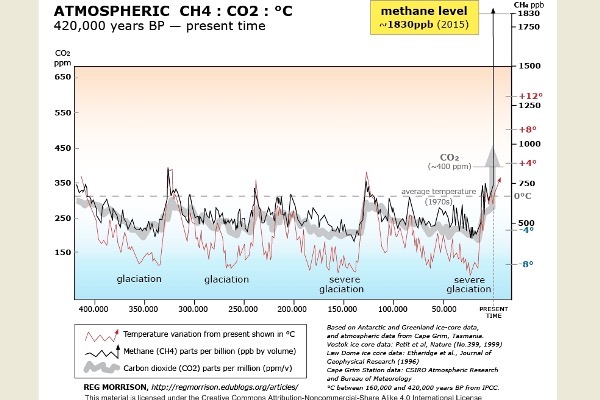Greenhouse Gas Tracking Effort Set Back: Methane Satellite Lost in Space

According to the New Zealand Space Agency, MethaneSAT—a satellite tasked with tracking Earth’s methane emissions to help mitigate climate change—has gone missing in space. Engineers from the research team are currently investigating the cause of the satellite’s loss of contact, a process that is expected to take some time.
Methane is widely known as a potent greenhouse gas that exacerbates climate change, but its emissions have long been difficult to accurately measure. The MethaneSAT research team stated that this satellite is one of the most advanced methane-tracking satellites in space, capable of measuring methane emissions across oil and gas regions around the world.
Reportedly, MethaneSAT conducts greenhouse gas monitoring with an unprecedented level of resolution. The project was funded with over $100 million by the Earth Fund, a philanthropic organization founded by Amazon founder Jeff Bezos. Additional funding came from the New Zealand government and the Environmental Defense Fund (EDF) in the United States.
Project Director Steven Hamburg revealed that recent data collected from areas spanning Texas and New Mexico show methane emission levels three to five times higher than estimates by the U.S. Environmental Protection Agency (EPA). In the South Caspian region, which spans parts of Europe and Asia, methane levels observed were more than ten times higher than reported figures.
MethaneSAT was launched into space in March 2024 aboard a rocket provided by SpaceX, the American aerospace company. Hamburg noted that the satellite’s initial data collection was “extremely impressive.” However, the unfortunate news is that MethaneSAT has recently stopped responding to ground commands. He emphasized that efforts to track methane emissions will not end despite this setback.
- 46 reads
Human Rights
Fostering a More Humane World: The 28th Eurasian Economic Summi

Conscience, Hope, and Action: Keys to Global Peace and Sustainability

Ringing FOWPAL’s Peace Bell for the World:Nobel Peace Prize Laureates’ Visions and Actions

Protecting the World’s Cultural Diversity for a Sustainable Future

Puppet Show I International Friendship Day 2020

